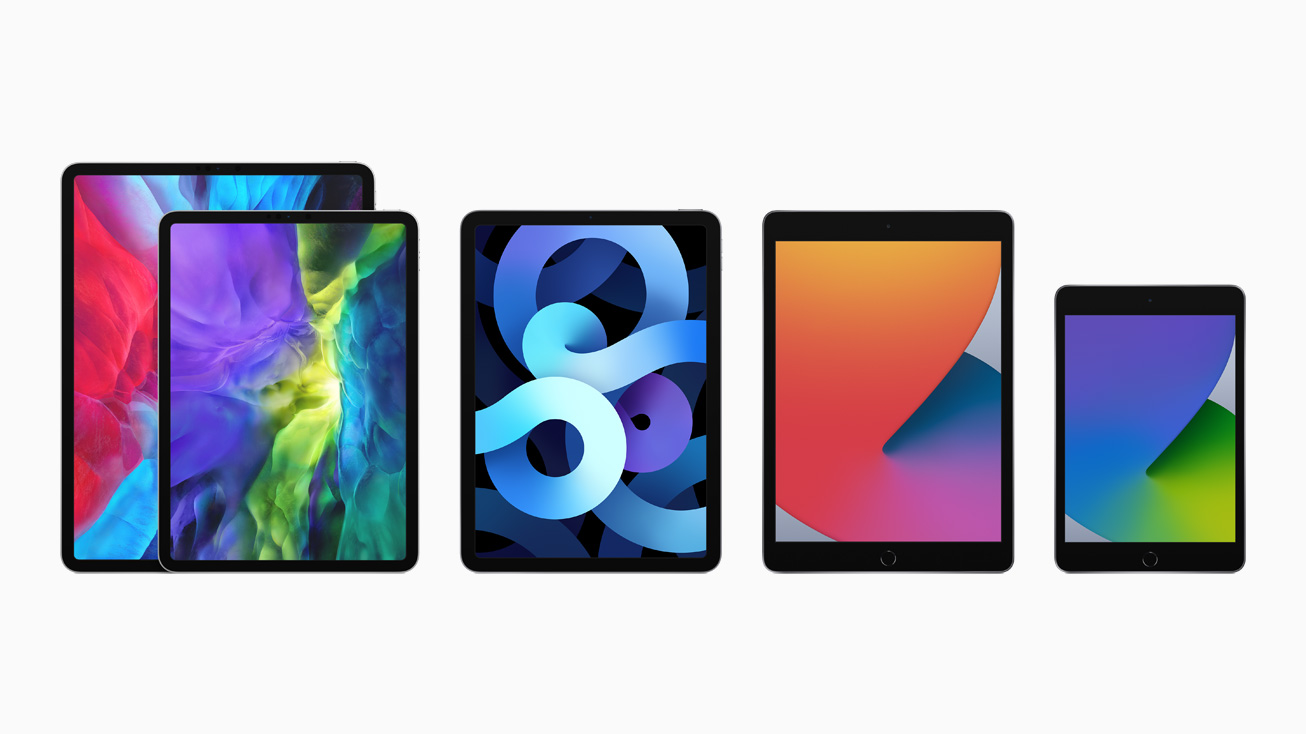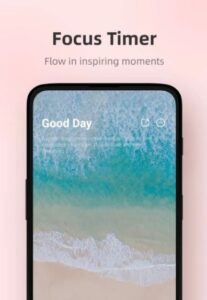Choosing between various iPads available just became harder with the introduction of the iPad Air. While the entry-level iPad carries enough compromises to justify its lower price point, there isn’t too much to choose between the new iPad Air and the iPad Pro, that was refreshed earlier in March 2020.
iPad 8th Generation
If cost is a major consideration, you can go right ahead and pick up the entry-level iPad that allows you to do everything that the more expensive siblings will, albeit with a slightly less exciting experience. For example, the screen while being retina grade, won’t have the widest colour gamut, and will feature a perceivable gap between the actual glass and the display, as it isn’t laminated. You won’t feel as if you’re touching the text or imagine directly. Similarly, the bezels around it won’t be as thin, the speakers won’t be stereo, or the cameras top notch. But you will still be able to attach a keyboard, use the first generation Apple Pencil, and run every app or game that the more expensive iPads do, for the A12 processor inside the entry-level iPad is no slouch. The 2020 iPad represents its 8th Generation, and if past performance is anything to go by, this iPad will also be supported for at least 4 years in the future with regular software updates.
Choosing Between The iPad Air & The iPad Pro
The iPad Air is the tablet that most people who are willing to spend a little extra should buy. It carries a design that is nearly identical to that of the iPad Pro, and comes with support for the second generation Apple Pencil and the Magic Keyboard. It packs a 10.9” Liquid Retina display surrounded by thin bezels, and features the latest generation A14 Bionic chip that will also power the upcoming iPhone 12 lineup. In fact for all intents and purposes, the two iPads are similar but for the following major differentiators:
- Pro Motion Display: The 120 Hz high refresh rate panel is reserved for the more expensive iPad Pro, and it makes everything on the screen fly. This is great for the Apple Pencil as the input lag is virtually non-existent – in short, the pencil experience on the iPad Pro will be better. This is a technology best experienced in person, and it is hard to go back to screens with a lower refresh rate once you are used to a 120 Hz panel. The screen on the iPad Pro is also 100 nits brighter, when compared to the Air.
- Dual v. Quad Speakers: The iPad Air is a step-up from the base iPad’s mono audio, but it still pales in comparison to the fourth speaker set up found on the iPad Pro that is louder and more punchy as well.
- Processors: The iPad Pro is powered by the older A12Z chip, but that said it still beats the new generation A14 when it comes to multicore and GPU performance. The bottom line is that you cannot go wrong with either and each of them will be supported for many years to come. This should not be the determining factor in choosing between the two.
- Face ID v. Touch ID: The iPad Air carries a fingerprint reader in its power button and does not support facial recognition for authentication. It is hard to beat the convenience of Face ID, but at a time when masks are essential, having a fingerprint-based authentication system may be more convenient. That said, tablets are usually used indoors where you are less likely to wear a mask and therefore miss the convenience of Face ID.
- Price: The iPad Air starts at Rs. 54,000 for the 64 GB variant, while the iPad Pro comes in at Rs. 71,900 and packs 128 GB storage; a price difference of Rs. 17,900. However should you need more than 64 GB of storage, the next tier of the iPad Air is 256 GB and that model is priced at Rs. 68,900, taking it dangerously close to the iPad Pro territory. For most users 64 GB is enough, if you do not wish to store a lot of photos/video and are happy to rely on cloud storage/streaming.
CONCLUSION: The base iPad Air offers substantial savings, and no compromises in the user experience. However, should you consider the more expensive 256 GB version, it makes sense to then spend the additional Rs. 3000 and get the iPad Pro, for a more refined experience that adds a welcome garnish. You’ll only get 128 GB, but that’s a sweet spot for mobile storage, and the other bells and whistles of the Pro make up for it.







Comments are closed.